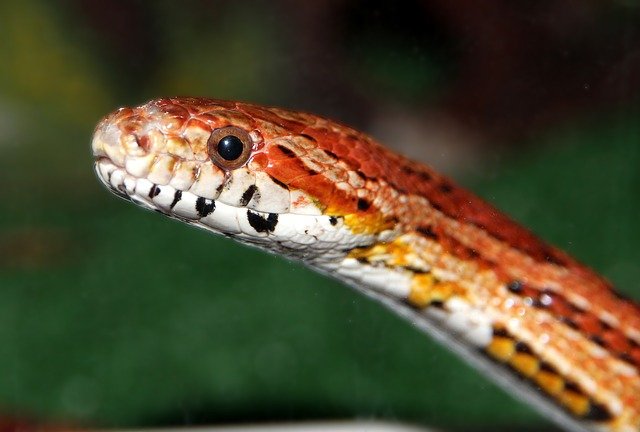When it comes to bedding for your corn snake, there are a lot of different options to choose from. You can use newspaper or even pine shavings. So which one is the best? In this blog post, we will take a look at the pros and cons of using pine shavings as bedding for your snake.
Pros and Cons of Pine Shavings for corn snakes
PROS:
-Pine shavings are relatively affordable.
-They are easy to clean and don’t create a lot of dust.
-They can help keep your snake’s enclosure warm.
CONS:
-Pine shavings may have a strong scent that some snakes don’t like.
-They can be flammable.
-They can also absorb moisture, so they may not be the best choice if you live in a humid climate.
Are pine shavings safe for corn snakes?
This is a difficult question to answer as it depends on the individual snake. Some corn snakes will seem to be fine when kept on pine shavings, while others will start to show respiratory problems. If you do decide to use pine shavings, make sure they are dust-free and that you clean the cage regularly.
Another thing to consider is that corn snakes like to burrow. Pine shavings can make this difficult, as they are not very absorbent. This means that your snake may end up with more substrate on its body than in its mouth!
Pros and Cons of Newspaper for Corn Snakes
-Newspaper is very cheap and can be found at most grocery stores.
-It is easy to clean and does not harbor bacteria as some other substrates can.
-Newspaper is also non-toxic and safe for snakes.
Overall, I would recommend using newspaper as a substrate for corn snakes. It is affordable, easy to clean, and non-toxic. Just be sure to change the newspaper often so that your snake has a clean environment to live in.
The Cons of Newspaper:
-Newspaper can rip easily and snakes can get caught in the ripped pieces.
-It does not look as aesthetically pleasing as some other substrates.
-It can also be more difficult to keep humidity levels up with newspaper since it is so absorbent.
If you decide to use newspaper as a substrate for your corn snake, just be sure to check it often for ripped pieces and to change it out regularly.
Conclusion
So overall, pine shavings are a good option for bedding material for corn snakes, but it’s always important to do your research and talk to your snake’s vet to see what would be the best for your individual pet. Some snakes may have sensitivities to pine shavings, so it’s always a good idea to test out different substrates until you find the one that works best for your snake.
Some other great options for bedding material include aspen shavings, newspaper pellets, and butcher paper. Aspen is a natural wood product that is absorbent and helps regulate humidity levels, making it a great choice for snakes who like a bit more moisture in their environment. Newspaper pellets are made from recycled newspapers and are very absorbent; they’re also cheap and easy to clean up. Butcher paper is another affordable option that can help keep your snake’s enclosure humid.
Whatever substrate you choose, make sure to clean it regularly and replace it when it starts to look dirty or wet. This will help keep your snake’s environment healthy and safe.
FAQs
Q: I’ve heard that pine shavings can be harmful to snakes. Is this true?
A: There is some controversy over whether or not pine shavings are harmful to snakes, as they can contain a compound called phenols that can be toxic in high doses. However, most experts agree that if used in moderation, pine shavings are safe for snakes and will not cause any health problems.




